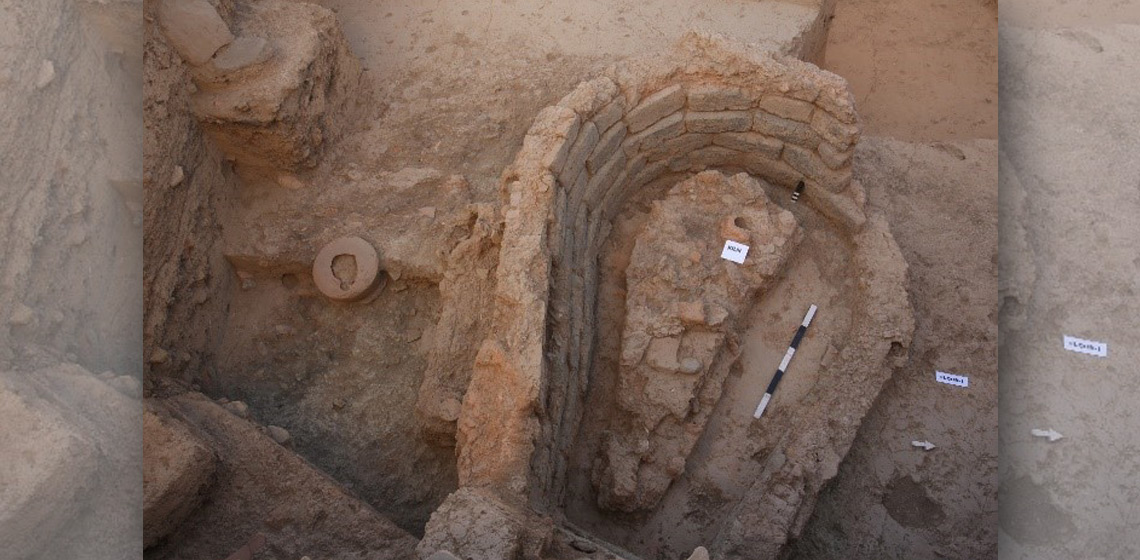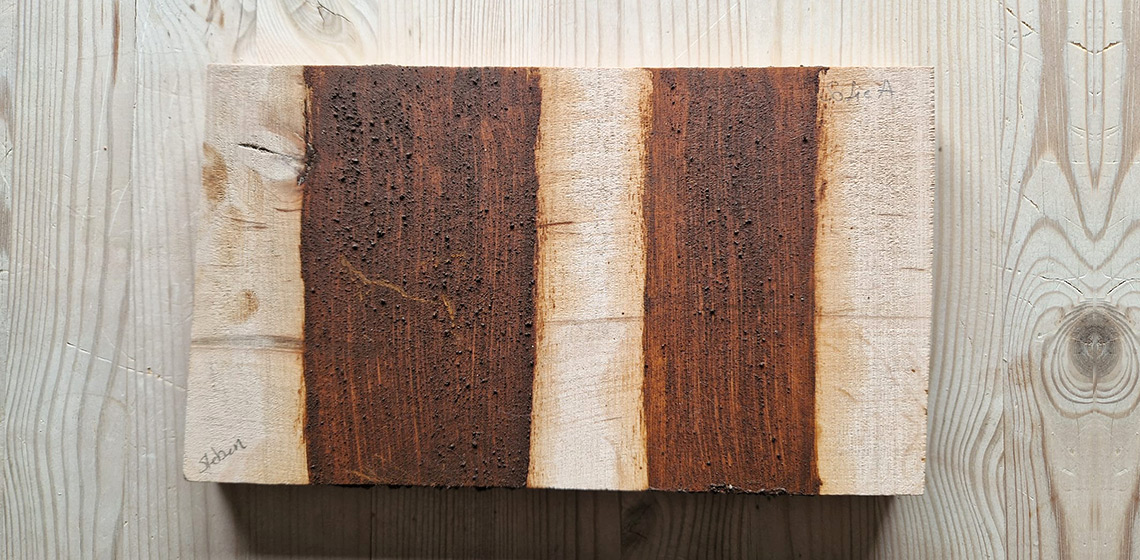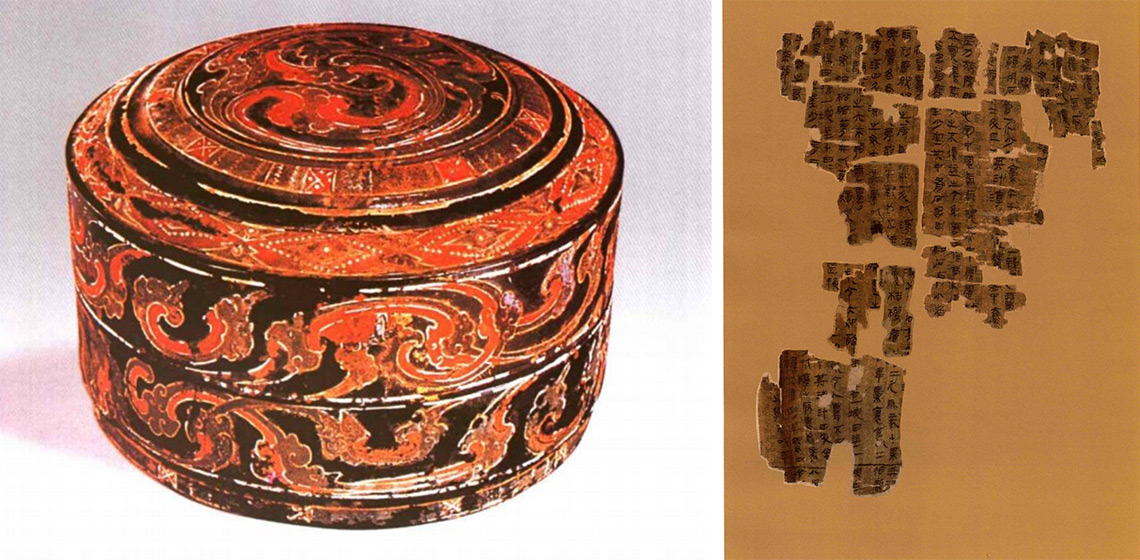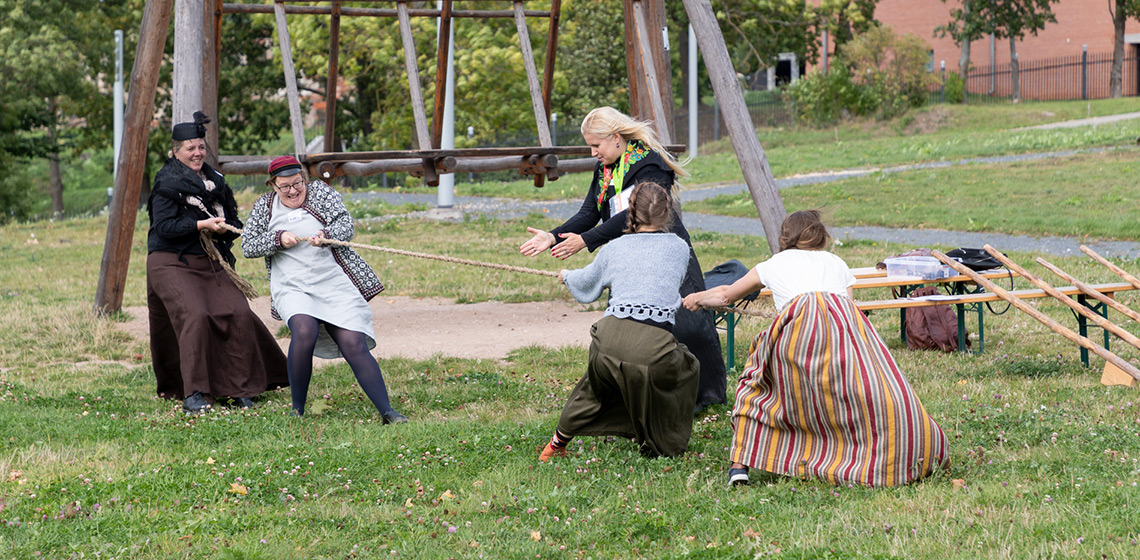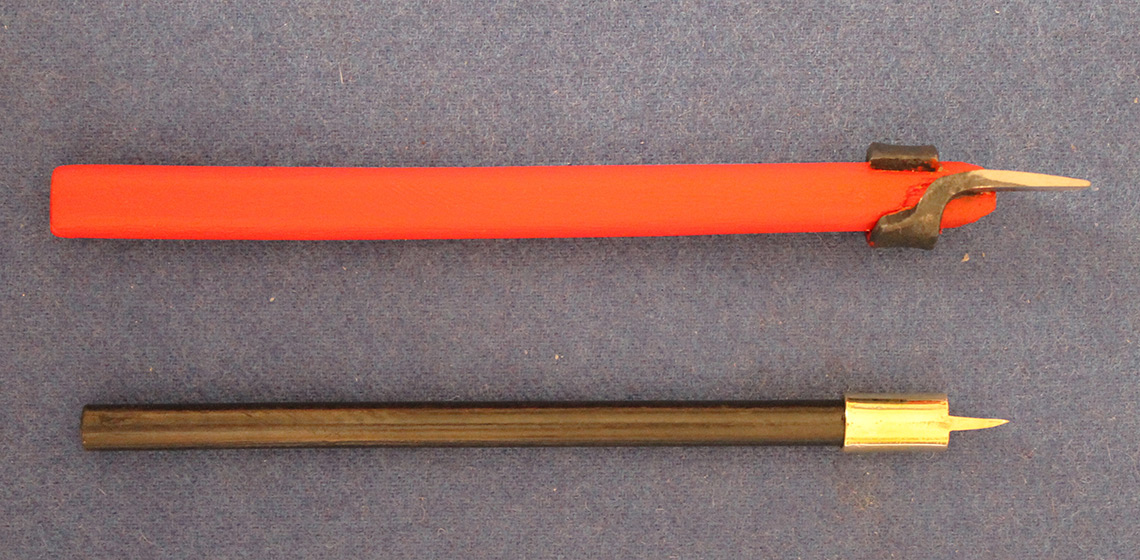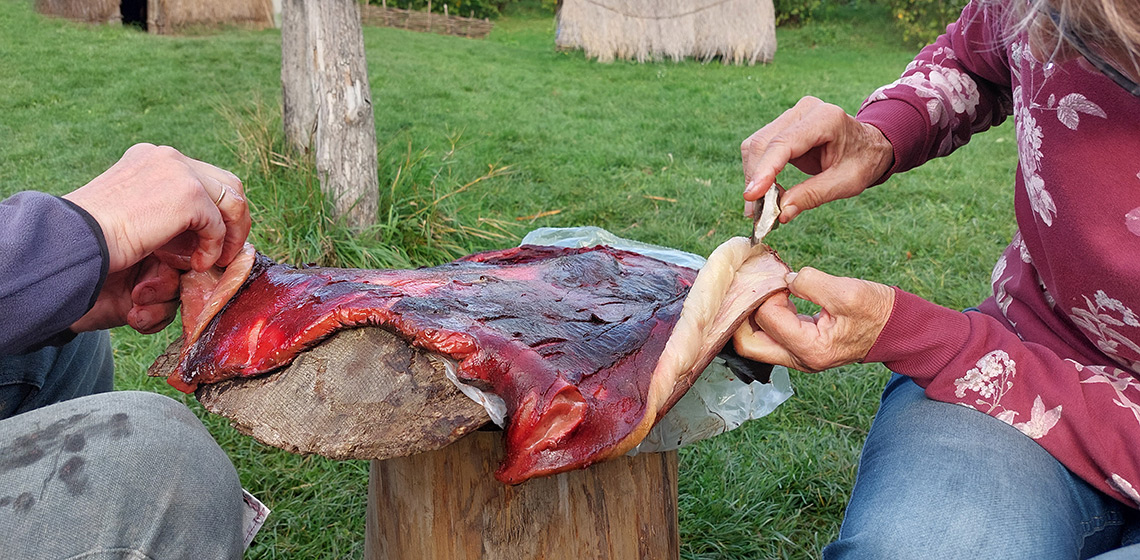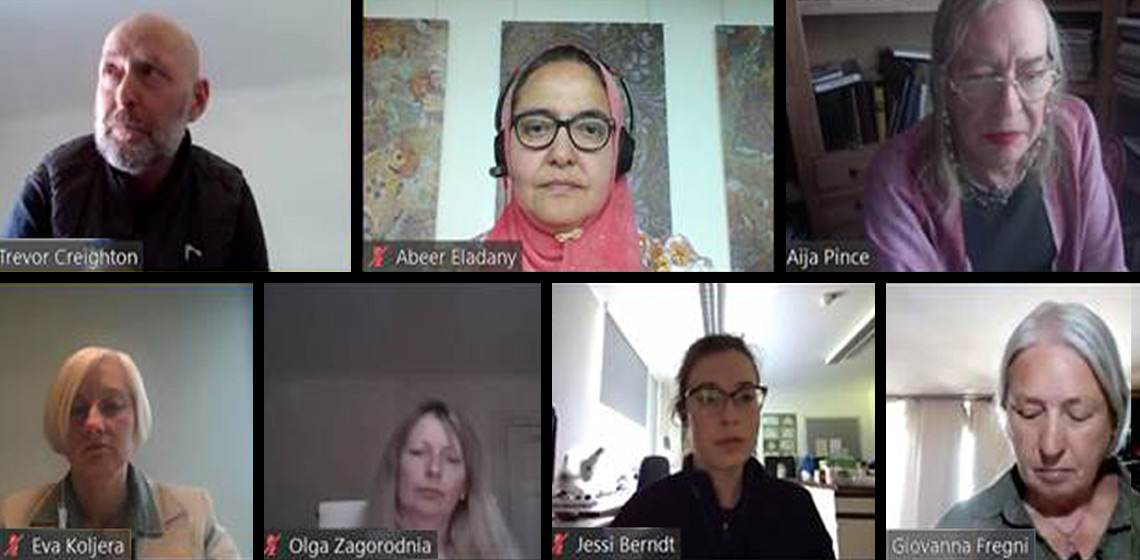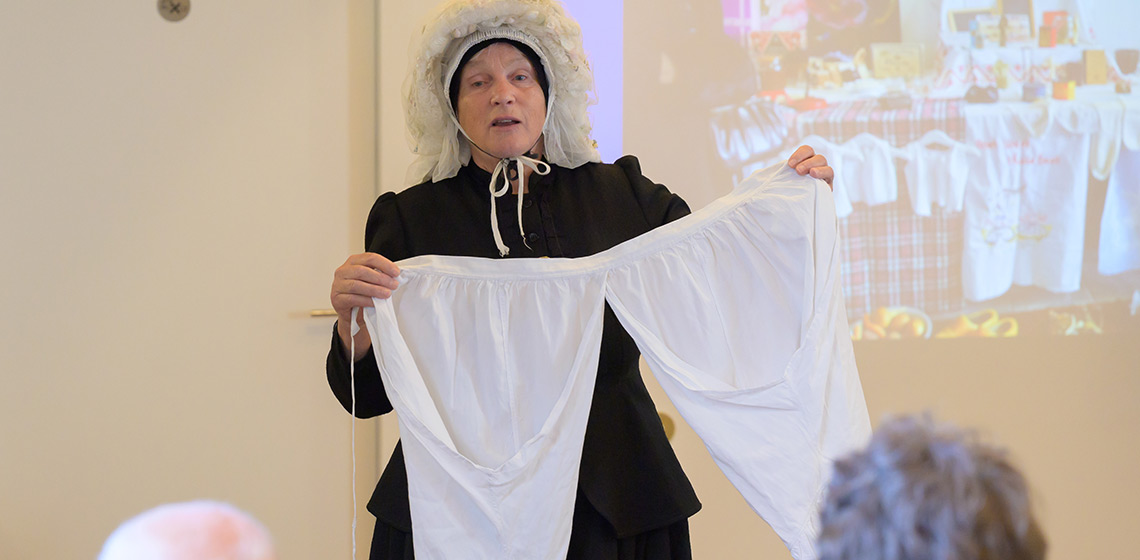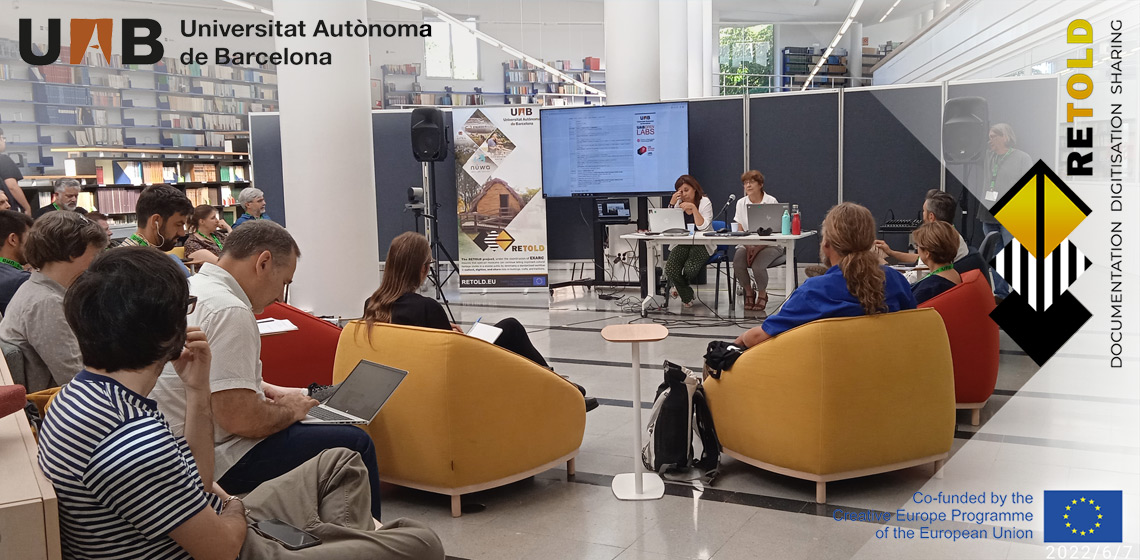EXARC Journal Issue 2024/1



12 Articles | DOAJ | Open Access
ISSN: 2212-8956
Publishing date: February 26, 2024
📄 EXARC Journal 2024/1 Table of Contents
Copyrights: EXARC, 2024
Listen in to the episode of "EXARC Extracts", where we provide you with a short summary of the articles in the latest issue of the EXARC Journal. Matilda Siebrecht summarises the reviewed articles from the 2024/1 issue of the EXARC Journal. It includes six reviewed articles as well as eight unreviewed mixed matter articles.
Reviewed Articles
Reconstructing the Pyrotechnological Development of the Harappans Using Ethnoarchaeological Parallels in The Region of Ghaggar, India
Publication Date
Indus Valley Civilization flourished in India and Pakistan owing to its technological advancements dating back to the 3rd millennium BC. The present paper aims to trace the emergence of pyrotechnology through documenting the industrial settlements that have been excavated in recent years, as well as locating the potential trading network for the craft items being produced at these small settlements on...
Experiments on Painting Viking Age Woodwork
Publication Date
Traditionally, studies on Viking Age pigmentation have focused on the minerals used to produce colours. The research conducted in this article concerns other factors, that might have influenced painted wood such as surface treatments, outlines, and paint components...
An Experimental Reconstruction of Hair Colours from the Jin and Tang Dynasties (265-907 AD) in China
Publication Date
Hair colours, as a daily cosmetic used in ancient Chinese life, often appear in ancient Chinese medical books, according to types, and can be classified into herbal hair colours and mineral hair colours.
Time travel – a Great Method to Strengthen Cooperation between Museums and Schools. The Experience of Nationwide Time Travels in Estonia.
Publication Date
In Estonia the method of Time Travel has been used for more than 10 years. While the first time travels were conducted in a rather casual and modest way, a change took place in 2016 with the first nationwide project. By today more than 23 000 students have participated in the nationwide time travel events and it has become an important way of cooperation for museums and schools.
The Making of Roman Metal Ink Pen Nibs
Publication Date
Roman ink pen nibs have been made from different materials such as bone, horn, reed, iron, and copper alloys. This article deals with experiments to reproduce Roman ink pen nibs made from copper alloy and iron.
Scraping Seal Skins with Mineral Additives
Publication Date
Neolithic scrapers from the Vlaardingen Culture (3400-2500 BC) display a variety of hide-working traces, amongst which traces interpreted as being the result of contact with dry hide. It has been suggested that, potentially, some of these implements were used to scrape fatty hides with mineral additives. Therefore, a series of experiments...
The Butser Ancient Farm Horton Neolithic Building – Its Construction and Significance to the Interpretation of Buildings of Early Neolithic Britain and Ireland
Publication Date
In 2019 a substantial building, based on archaeological evidence of early British Neolithic dwelllings, was constructed by site staff, volunteers, and staff of Wessex Archaeology at the Experimental Archaeology site, Butser Ancient Farm in Hampshire, England. The archaeological feature on which our building was based was excavated in 2012 by Wessex Archaeology as part of a pre-extraction programme...


